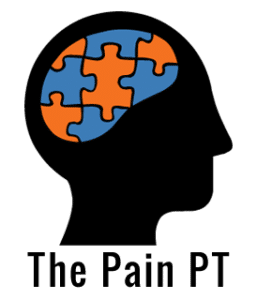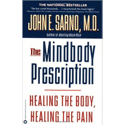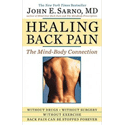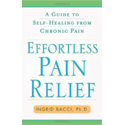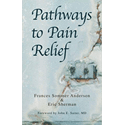Autonomic Nervous System Implications with Pain
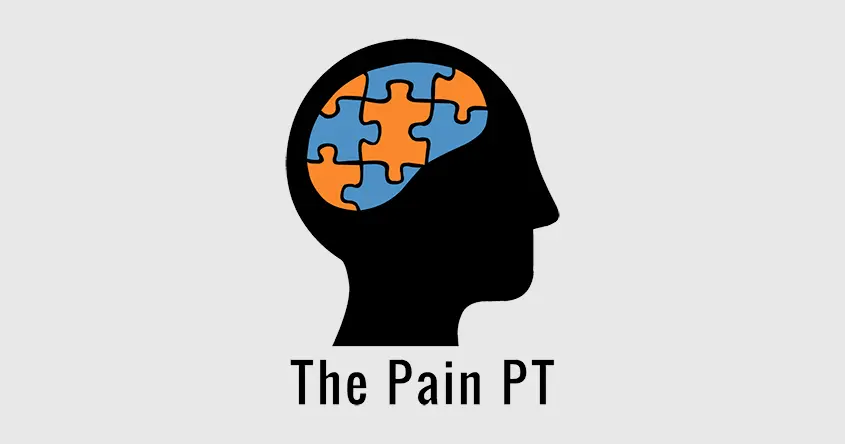
One of the biggest things with chronic pain that is not looked at enough is autonomic nervous system dysregulation. This means the fight or flight stressed out sympathetic nervous system is usually in overdrive while the rest and digest relaxed parasympathetic nervous system is not active enough. In laymen’s terms, the person is under stress. We now understand this better with more and more science coming out. A lot of chronic pain is essentially from an overactive stress state in the brain and nervous system not tissue damage like we see with acute injuries. (see studies below)
There are many ways to deal with stress and we’ve talked about them before and we will continue to revisit them as they are so important to healing. I’ve also found a mind-body hack to do this as well and this involves learning to how to switch on the parasympathetic nervous system in real time. This causes one to become more relaxed in the body. I’ve found doing this can alleviate pain which just adds more credence to the role of this system in pain disorders. Practicing this incorporates bringing in the qualities of stillness, mindfulness, and learning how to soften the body (have less muscle tension). I know I am doing this right as my mouth starts to water with saliva, which is one of the signs of parasympathetic activity. I will go over this hack in later posts or video on my youtube channel The Pain PT.
The bottom line with chronic pain is you don’t want to focus on the symptoms. Instead you want to put your focus on reducing the stress response in your brain and autonomic nervous system. When you do that the pain goes on its own as the system relaxes.
“High heterogeneity aside, pooled results from the meta-analyses reflected a consistent, moderate-to-large effect of decreased high-frequency HRV in chronic pain, implicating a decrease in parasympathetic activation.”
https://pubmed.ncbi.nlm.nih.gov/26431423/
“Painful stimuli increase respiration rate, induce muscle tension, intensify electrodermal activity and dilate the pupils. Cardiovascular activity also increases, but the pattern displayed in response to pain is complex; peripheral vasoconstriction and sympathetically mediated cardiac responses are most typical.”
